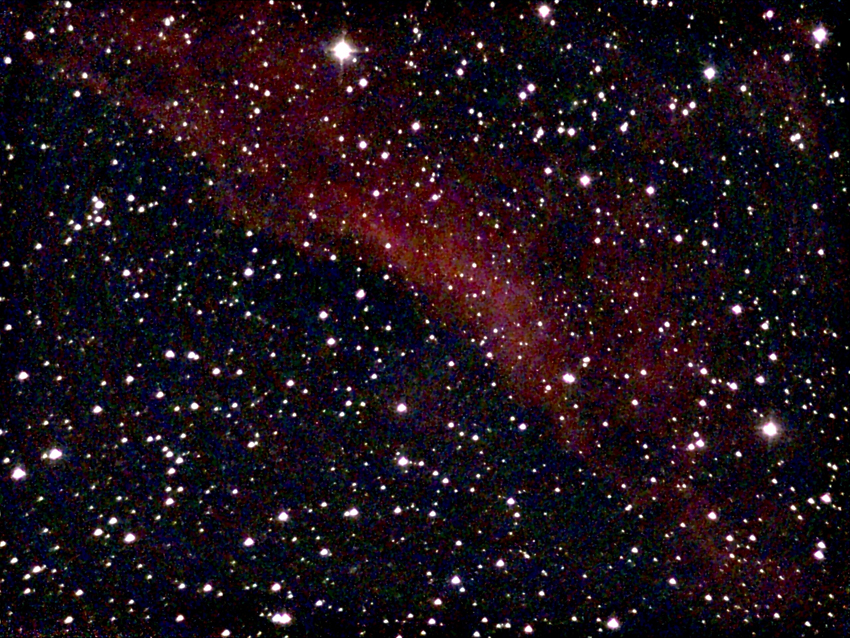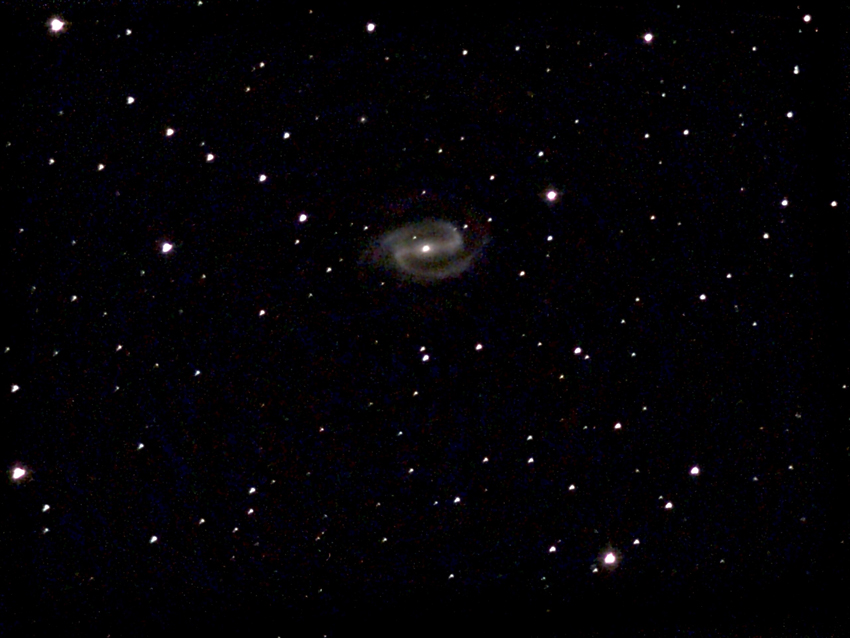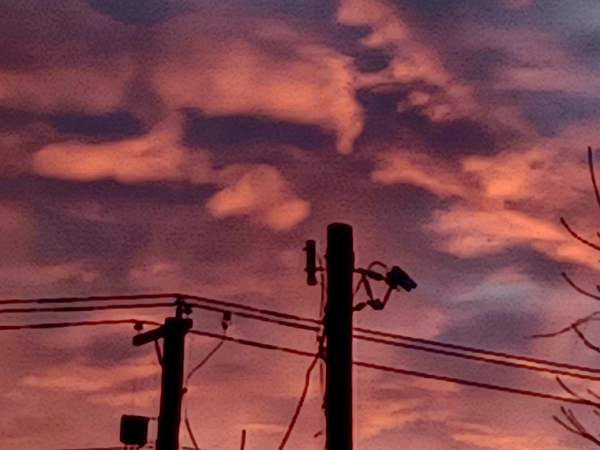The Shooting Star Archives
2021 ASNH OFFICERS
President Greg Barker
prez@asnh.org
(203) 887-0774Vice President David Johnson
vprez@asnh.org
(203) 214-5569Secretary Donna Pursley
secretary@asnh.org
(203) 214-2229Treasurer Cheryl Barker
treasurer@asnh.org
(203) 675-1829-
We want your newsletter submissions.
Please send them to: newsletter@asnh.org The Astronomical Society of New Haven, Inc.
Is a non-profit, scientific and educational organization which fosters new and continuing interest in amateur astronomy. The general membership meetings are open to the public and attendance is encouraged.
Please feel free to call or email club officers for more information about the club. You can also contact the club at:welcoming@asnh.org
1-866-808-ASNH (2764).ANNUAL DUES
Family Electronic Newsletter
Student Electronic Newsletter
Senior Electronic Newsletter$23.00
$10.00
$10.00OBSERVING CHAIRPERSONS
Branford Greg Barker
Milford Greg Barkerbranfordobschair@asnh.org
milfordobschair@asnh.orgMAGAZINE DISCOUNTS
ASNH Members can take advantage of a 10% discount on newsstand rates for both Sky and Telescope and Astronomy Magazines. Please contact the Treasurer to receive this benefit.
COMMITTEE CHAIRS
Publicity Donna Pursley
Librarian Dave Johnson
Membership Chair Cheryl Barker
Newsletter Jim Mazur
Webmasterr Greg Barker
Image Gallery Leo TaylorPublicity@asnh.org
library@asnh.org
membership@asnh.org
newsletter@asnh.org
webmaster@asnh.org
gallery@asnh.orgSPECIAL INTEREST
Telescope Making Group Leader
Telescope Caretaker
Board Of Trustees
scopes@asnh.org
.
scopes@asnh.orgTrustees@asnh.org
MEMBERS AT LARGE
Andy Buynak
Ray Kaville
Al WashburnDUES & MEMBERSHIP INFORMATION:
Membership is open to anyone with an interest in Astronomy. If you know of anyone who would like to become a member, please have them complete an online application form at www.asnh.org/membership or print it out and mail payment to:
Treasurer, The Astronomical Society of New Haven
P.O. Box 5078
Milford, CT 06460
Please include:
- Name
- Address
- Phone Number
- Special interest you might have in Astronomy (i.e., love to observe, want to learn, want to learn how to use my scope, etc.)
Category Archives: 2024
AprMayJun2024
Observing Reports
By Don Filer
I took a trip to Florida during the first week of January and was fortunate to catch four clear nights for some excellent observing, three from a beach near Key West and one at Kissimmee Prairie State Preserve, which is a designated dark sky park and has a separate camping area just for astronomers. Both Bortle 3 although there were some passing clouds and fog the night at Kissimmee Prairie. Otherwise excellent seeing. Being a little farther south, I spent most of my time observing galaxies and clusters toward the southern horizon but did spend time on some other objects. I had my 12” Dob as well as my evScope. Two photos are below – a piece of the California Nebula in Perseus and the barred spiral NGC 1300 in Eridanus.


By Michael Amato
On Friday night, February 2, while the sun was setting, I noticed a small section of the western sky looked red. I aimed my phone camera on it, but the section of the sky was so small I had to magnify it by about four power. The result was these clouds looked different than most clouds I’ve seen. It seemed that this portion of the sky had a lot of turbulence in it while the rest of the sky was calm and serene. It was quite a sight.

On the morning of February 26, I observed the huge sunspot group AR 3590 with my Sun spotter solar telescope. I do believe this is the largest sunspot group I have ever seen. I had no trouble seeing it naked eye with my eclipse glasses. This huge sunspot complex did not send a CME at us or we would have had a very large aurora. Maybe next time.
On March 3, after enjoying looking at the Orion constellation, I decided to go to Lepus to try to find Hind’s Crimson Star with my 5.1″ Newtonian rich-field short-tube telescope. Because I was using a rich-field scope, I was able to land on R Leporis, the actual name of the star. This star was plenty red that night and I stared at it some minutes. I love looking at these Mira type stars. It was another enjoyable evening of astronomy for me.
My brother Anthony and I came out on two consecutive nights to watch the crescent Moon visit the Pleiades and the Hyades with only my 10X50 and Anthony’s 8X40 binoculars. On Thursday night, March 14, we were able to see the crescent Moon, with some earthshine, just below right of the Pleiades. We weren’t able to put both objects in the same binocular view but going back and forth to both these objects still made for a nice view. On Friday night, March 15, we stepped out again to observe the Moon and the Hyades. This time, they were almost side by side, but still not close enough to fit in one binocular field. However, by going back and forth, we were still able to enjoy the scene in our binoculars. It was another amazing two nights of viewing!
Supernova candidates in Orion
Everybody, rightly so, is talking about Betelgeuse’s upcoming supernova event in Orion. However, there are three other bright stars in Orion that are fairly close to going supernova themselves. First of all, I think Betelgeuse’s great dimming event a few years back really showed how close Betelgeuse came to blowing itself to pieces. When it dimmed as a result of that big puff of dust being ejected, I think Betelgeuse ran out of most of its helium and somehow saved itself in the nick of time by finding another small pool of helium to convert to energy. When it uses this last bit of helium soon, we will see a spectacular supernova. I do believe it will be very soon but I admit this is only my opinion. Rigel is a super blue giant that is also not too far away from its grand finish. It is already using up its helium at a high rate although I suspect this supernova event will be farther into the future. Alnilam, one of Orion’s belt stars, is a very interesting case. It looks like it’s going to soon turn into a Wolf Rayet star before it goes supernova. It is so blue colored, it must be using its helium reserves at an extremely high rate! If we are lucky, we will watch it disappear from naked eye visibility. Finally, we have another belt star called Alnitak that is also using up its helium reserves at a high rate. When this star goes up, it will also take out its companion stars also. For both Alnilam and Alnitak, both of these supernovas will also be further down the road. The last blue belt star in Orion, Mintaka, may or may not be massive enough to go supernova. This one is too close to call.
